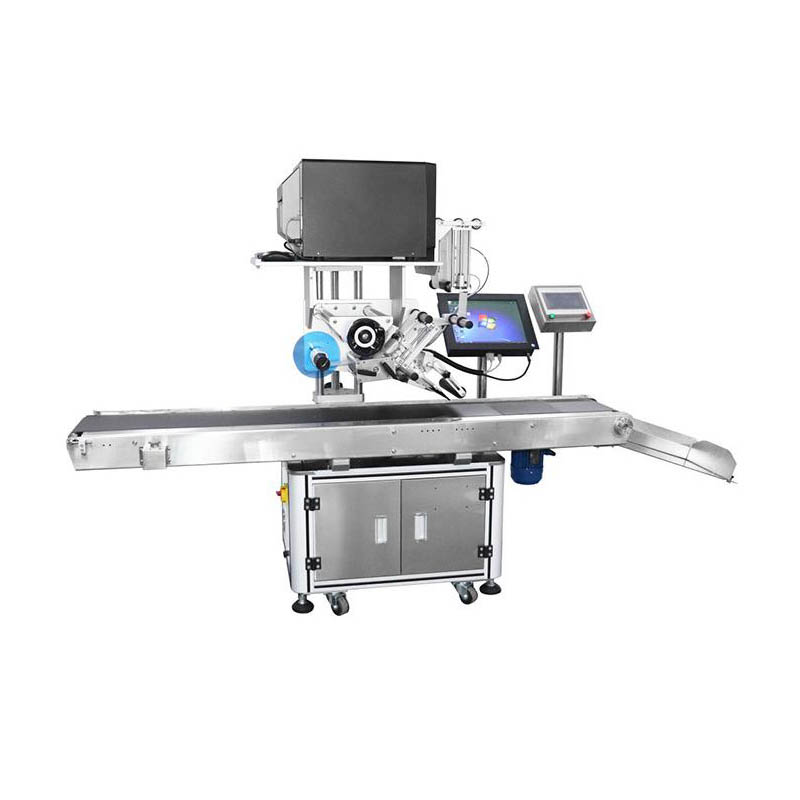What Is PCBA Device Class and Why Is It Important in Electronics Manufacturing?
2024-12-17
When it comes to electronics manufacturing, understanding the intricacies of Printed Circuit Board Assembly (PCBA) is essential. The PCBA process involves mounting electronic components onto a PCB (Printed Circuit Board) to create a fully functional device. But one aspect that often gets overlooked, yet plays a crucial role in the design and production of PCBs, is the PCBA device class. So, what exactly is PCBA device class, and why is it so important in ensuring the performance, reliability, and functionality of electronic products?
In this blog, we’ll dive into the concept of PCBA device class, explain its significance, and explore how it impacts the overall quality and longevity of electronic devices.
What Is PCBA Device Class?
The PCBA device class refers to the classification system used to categorize the type and level of performance requirements for the electronic device being assembled. This classification takes into account the environmental conditions, the type of components used, and the application in which the device will be deployed. The primary goal of defining the PCBA device class is to ensure that the assembly process and the materials used are suitable for the device's intended use, whether it's for consumer electronics, automotive, medical devices, or industrial equipment.
Typically, PCBA devices are classified into three main categories or "device classes," which are based on the level of performance and reliability required:
1. Class 1 – General Electronics
2. Class 2 – Dedicated Service Electronics
3. Class 3 – High-Reliability Electronics
Let’s explore each of these classes in more detail to understand their significance in the manufacturing process.
Class 1 – General Electronics
Class 1 PCBA devices are the least demanding in terms of performance requirements. These are typically consumer electronics that don’t need to operate under harsh environmental conditions. The components used in Class 1 devices generally don’t require high precision or long-term reliability.
Examples of Class 1 devices include basic household electronics such as toys, remote controls, or simple appliances. In these devices, the main focus is on cost-efficiency and functionality, as they are not exposed to extreme environments or heavy-duty use.
In terms of manufacturing standards, Class 1 PCBA typically follows the most basic industry guidelines, with less stringent testing for factors like thermal resistance, moisture tolerance, and vibration resistance.
Class 2 – Dedicated Service Electronics
Class 2 devices are designed for applications that require a higher level of performance than Class 1. These devices are more reliable and are expected to function in specific environments where conditions are moderate. They may include products that operate in conditions like regular usage or in controlled environments such as office or home electronics.
Devices in this class require components that can handle a certain amount of stress and are expected to last for several years. While these electronics may still be cost-sensitive, the manufacturing process must meet higher standards, especially for performance consistency over time.
Examples of Class 2 devices include personal computers, audio equipment, and printers. The assembly process for Class 2 PCBA includes more rigorous testing, including checks for temperature extremes, moisture, and basic shock resistance. These devices are expected to have a lifespan of several years without failure.
Class 3 – High-Reliability Electronics
Class 3 PCBA devices are used in critical applications where high reliability and performance are essential, often in harsh or demanding environments. These devices are expected to perform under extreme conditions, including wide temperature variations, high humidity, and mechanical stresses. Failure in these applications could lead to catastrophic results, making quality control and reliability the primary focus in the manufacturing process.
Class 3 devices are typically used in industries such as aerospace, defense, medical equipment, and industrial machinery. For example, medical devices like pacemakers, aerospace control systems, and military electronics all fall into the Class 3 category.
The PCBA manufacturing process for Class 3 is the most stringent, requiring high-quality components, rigorous testing, and the use of advanced materials that ensure the device performs reliably over an extended period. The level of traceability and documentation required for these devices is also higher, with a focus on ensuring compliance with industry standards such as ISO 13485 (for medical devices) or AS9100 (for aerospace).
Why Is PCBA Device Class Important?
Understanding and defining the PCBA device class is crucial for several reasons:
#1. Performance and Reliability
The device class helps determine the level of performance required from the components used in the assembly process. By classifying the device according to its intended application, manufacturers can ensure that the proper materials and components are selected, reducing the risk of failure and ensuring long-term functionality.
For instance, using Class 1 components for a Class 3 device could lead to premature failure, while using Class 3 components for a simple consumer electronic device could result in unnecessarily high costs.
#2. Cost Efficiency
By defining the device class early in the design process, manufacturers can make informed decisions about the quality of components and materials to be used. Class 1 devices can use cost-effective components, while Class 3 devices may require more expensive, high-performance parts. This classification helps balance cost against performance and reliability, ensuring that the right level of investment is made.
#3. Regulatory Compliance
In many industries, such as medical or aerospace, compliance with regulatory standards is critical. By understanding the PCBA device class, manufacturers can ensure that the assembly process meets the necessary certifications and regulations for the intended market. This helps avoid costly recalls and potential safety issues.
#4. Manufacturing Process Control
The device class also dictates the manufacturing process itself. Class 3 devices, for example, require more detailed inspections, more sophisticated equipment, and additional quality control steps. These processes ensure that each component functions properly and meets the required specifications. By classifying the device, manufacturers can design and optimize the assembly process to meet these demands.
#5. Lifecycle Management
Each device class has a different expected lifespan, and this is reflected in the assembly and testing process. For example, devices in Class 3 are often subjected to more extensive testing for longevity, including accelerated life tests, environmental tests, and stress tests. These tests help ensure that the devices can perform reliably for the duration of their life cycle, which is essential for critical applications such as medical implants or aerospace systems.
Conclusion
The PCBA device class is an essential consideration in the design and manufacturing of electronic products. By classifying devices into different categories based on their performance and reliability requirements, manufacturers can ensure that they use the right components, processes, and testing protocols for each application. Whether you're designing a simple consumer device or a critical medical instrument, understanding PCBA device classes helps strike the right balance between cost, performance, and reliability, ultimately ensuring the success of the product in its intended environment.



